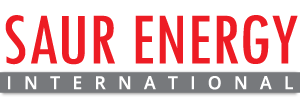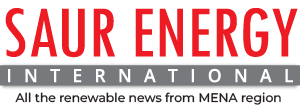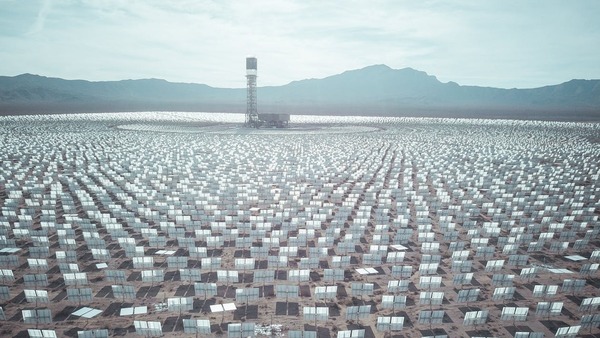The UAE is actively expanding its renewable energy capacity, with solar energy taking center stage. Key strategies like the Dubai Clean Energy Strategy 2050 aim for 75% of Dubai’s energy to come from clean sources by 2050. Similarly, Abu Dhabi Vision 2030 sets a target of 30% renewable energy within the next five years.
The “Solar Outlook Report 2025,” released by the Middle East Solar Industry Association (MESIA) during the World Future Energy Summit 2025 in Abu Dhabi, highlights a steady rise in solar capacity across the Middle East and North Africa (MENA) region. In 2023, solar installations in MENA reached 32 gigawatts (GW) peak, reflecting a 23% increase from the previous year. This figure is projected to surpass 180 GW peak by 2030, driven by innovation, government policies, and private sector engagement.
The UAE is home to some of the region’s largest solar projects. The Mohammed bin Rashid Al Maktoum Solar Park in Dubai, when completed, will have a capacity of 5 GW, featuring advanced photovoltaic technologies to optimize energy generation. In Abu Dhabi, Noor Abu Dhabi, one of the largest single-site solar plants in the world, contributes 1.2 GW of solar energy to the national grid.
Beyond solar energy, the UAE has diversified its renewable energy initiatives. The Barakah Nuclear Energy Plant, once fully operational, will provide 5.6 GW of electricity, supplying about 25% of the nation’s power needs. In Sharjah, a waste-to-energy plant processes 300,000 tons of waste annually, producing 30 megawatts (MW) of power. The UAE is also exploring wind energy, though this sector is still in early stages.
Regionally, other MENA countries are also advancing in renewable energy. Morocco operates the Noor Ouarzazate Solar Complex, with a combined capacity of 580 MW, utilizing both photovoltaic and concentrated solar power. Egypt’s Benban Solar Park is designed to generate 1.65 GW, and Saudi Arabia has launched projects like the Sakaka PV Plant (300 MW) alongside plans for wind energy.


